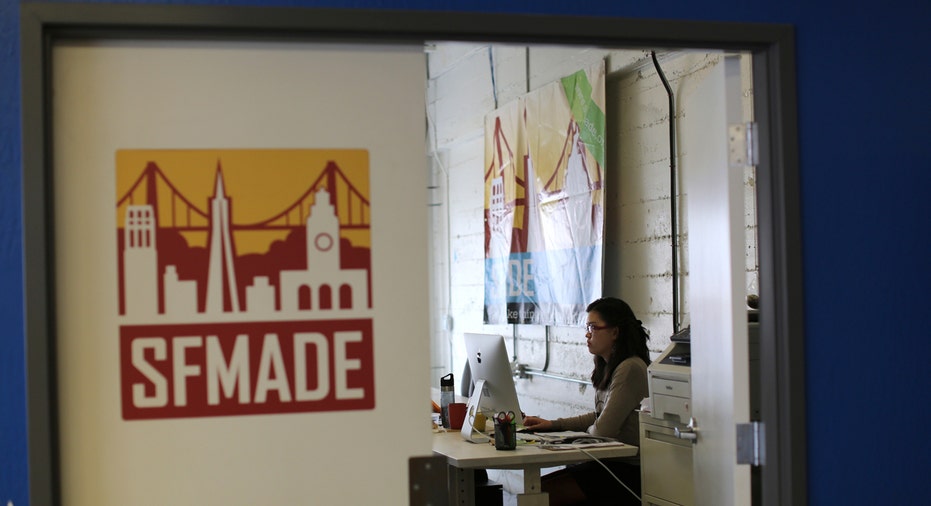Foreign Work Visas are Cheap Labor. So What's New?

It’s common knowledge that Silicon Valley’s innovation engine would grind to a screeching halt if tech companies couldn’t hire foreign workers to make up for a chronic shortage of American engineers and scientists. And everyone knows that the H1-B visa program prevents that from happening.
But what if that’s not exactly true?
What if there are plenty of new graduates and experienced workers to fill those specialized STEM jobs, right here in America? And what if the H1-B foreign worker program has been subverted by multinational consulting giants so tech companies can cut their labor costs?
Now that’s a lot closer to reality. And it’s about time, in my opinion, that somebody’s finally getting around to doing something about it.
The leaked draft of President Trump’s proposed executive order to improve our foreign worker visa program has been circulating for just a week, but the problem it’s intended to fix has been rampant for years. While once well-intentioned, it has morphed into a tool for outsourcing American jobs to lower-paid, foreign-born workers.
This is not some dirty little secret that somehow snowballed out of control and became a massive snow job on the American people; if this is a secret, it’s got to be the worst-kept secret since Silicon Valley’s rampant ageism problem. And it’s no coincidence that the two are related. Who wants to pay a 45-year-old engineer twice as much to do the same job as a recent grad from India?
I believe it was the New York Times that, in 2015, first broke the story of how outsourcing consulting giants Tata, Infosys and Wipro (all based in India), as well as Cognizant and Accenture, figured out how to game the system and flood the H1-B lottery with applications so they’d get the lion’s share of visa grants.
And as far back as 2013, study after study by respected academic researchers effectively debunked the myth of a systemic shortage of American engineering and science workers (see “The STEM Crisis Is a Myth†in IEEE Spectrum or “The Myth of the Science and Engineering Shortage†in The Atlantic).
And I’m sure nobody wants to hear this, but this is not some grand conspiracy dreamed up by big tech CEOs to boost their stock price. Rather, it’s an inevitable consequence of the multi-decade globalization and outsourcing trend. To compete, American tech companies need to spend the least on the very best talent they can find, simple as that.
Sometimes that means helping a foreign-born Stanford student obtain a work visa to stick around after graduation. Other times it means outsourcing an entire function to an IT consultancy whose U.S.-based employees also happen to be H1-B recipients. It’s all about getting the most talent bang for the buck.
If there is a culprit in all this, it’s the big government bureaucrats that were asleep at the switch and allowed a good program to be corrupted.
The beauty of Donald Trump’s executive order proposal is that, rather than dictate specific measures, it calls for the appropriate departments to get their acts together, review the program, stop companies from gaming the system and ensure that they consider American workers first, which is consistent with his election platform.
It also calls for transparency and verification, which is about time. And here’s a little factoid: The H1-B program only grants 85,000 work visas per year. That’s about one-eighteenth of 1% of the U.S. labor force. You’d think even a federal government operation could manage that effectively, wouldn’t you?
In the end, I do believe that American technology workers and companies alike will benefit from an overhaul of a dysfunctional program that’s been broken for years. And if folks would just start paying attention to what’s going on right under their noses, that would also help.



















